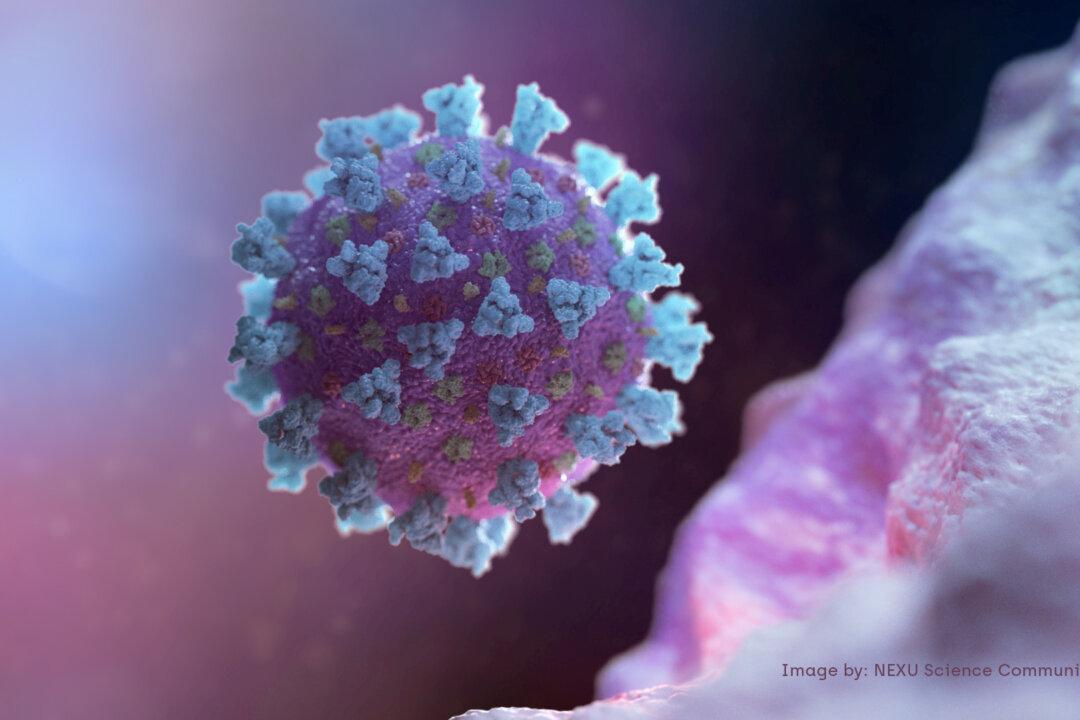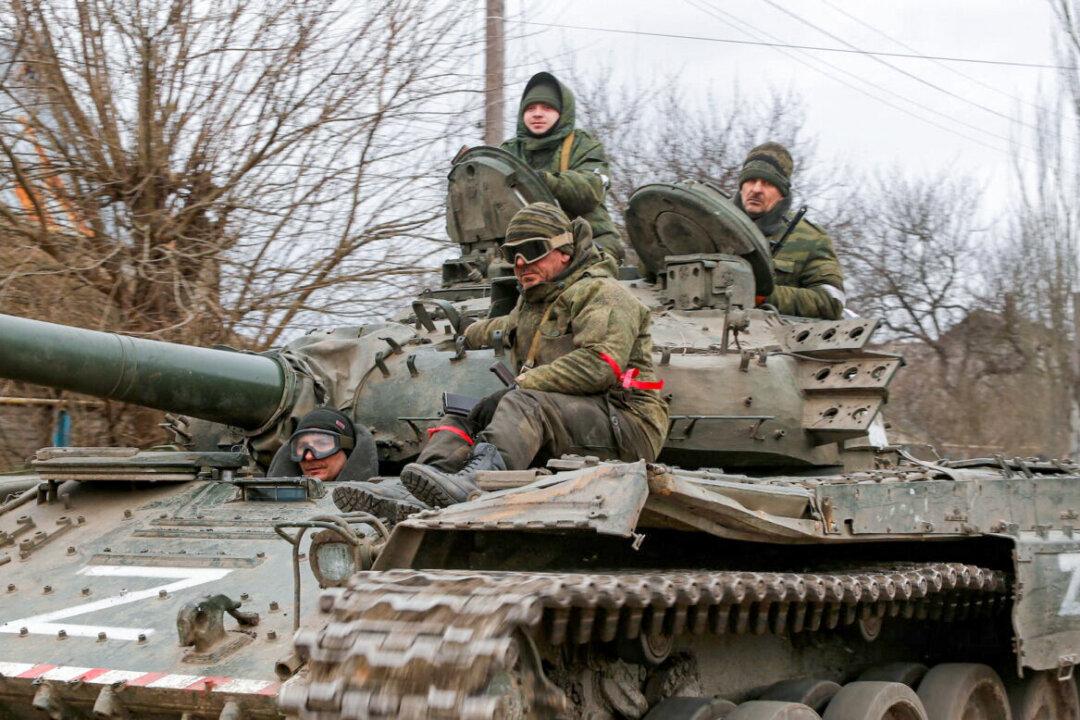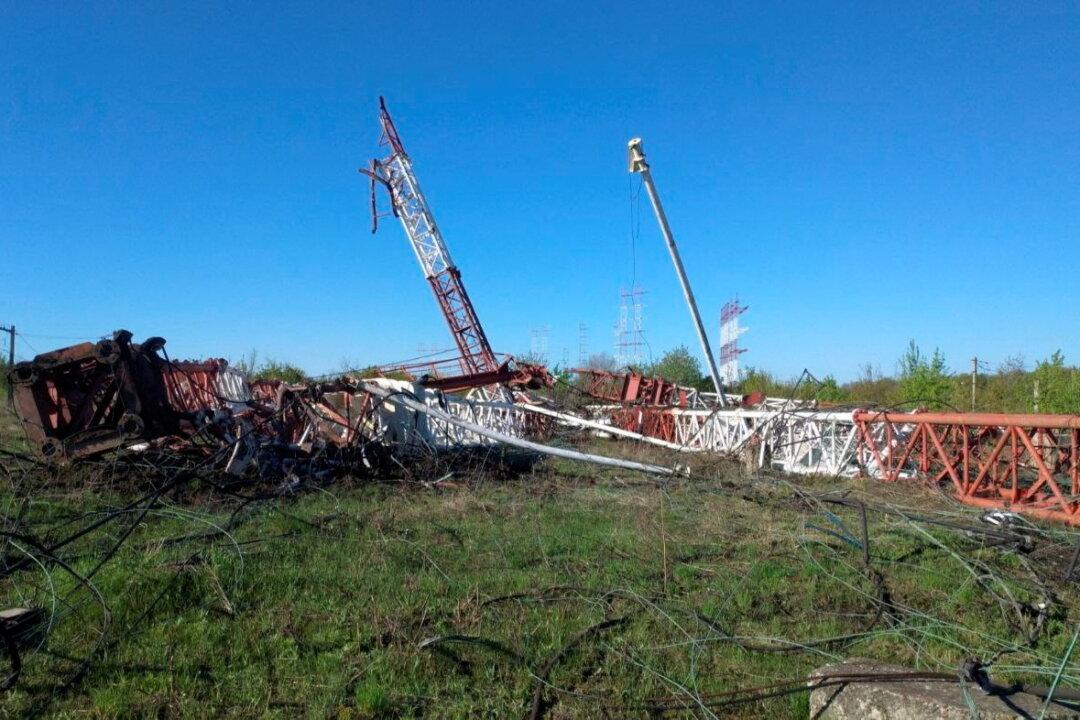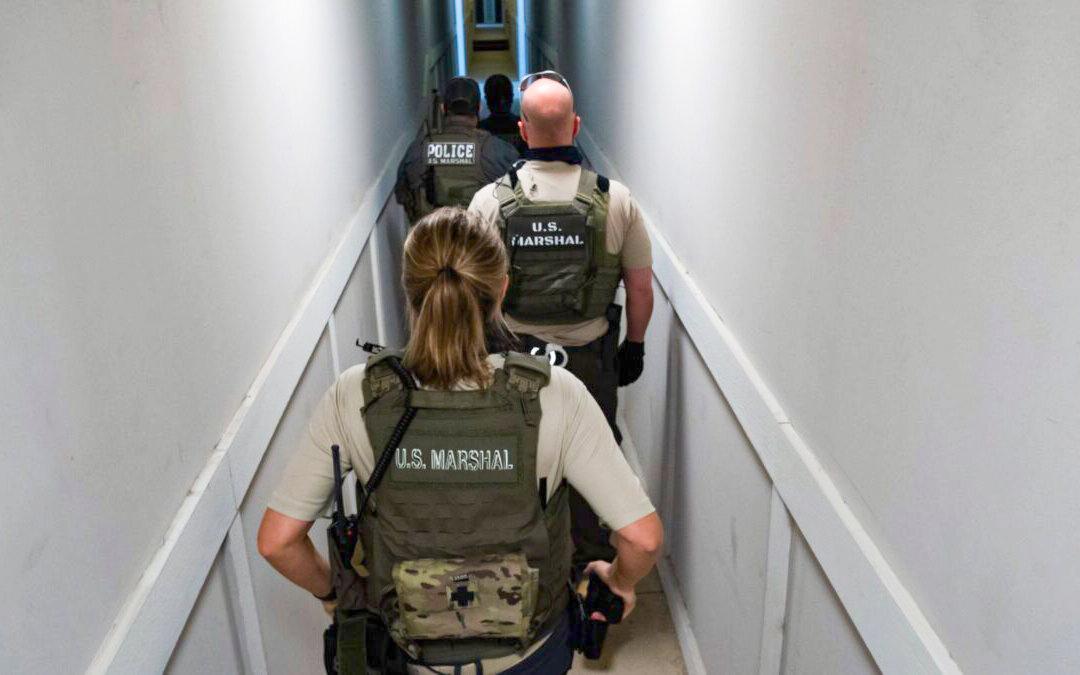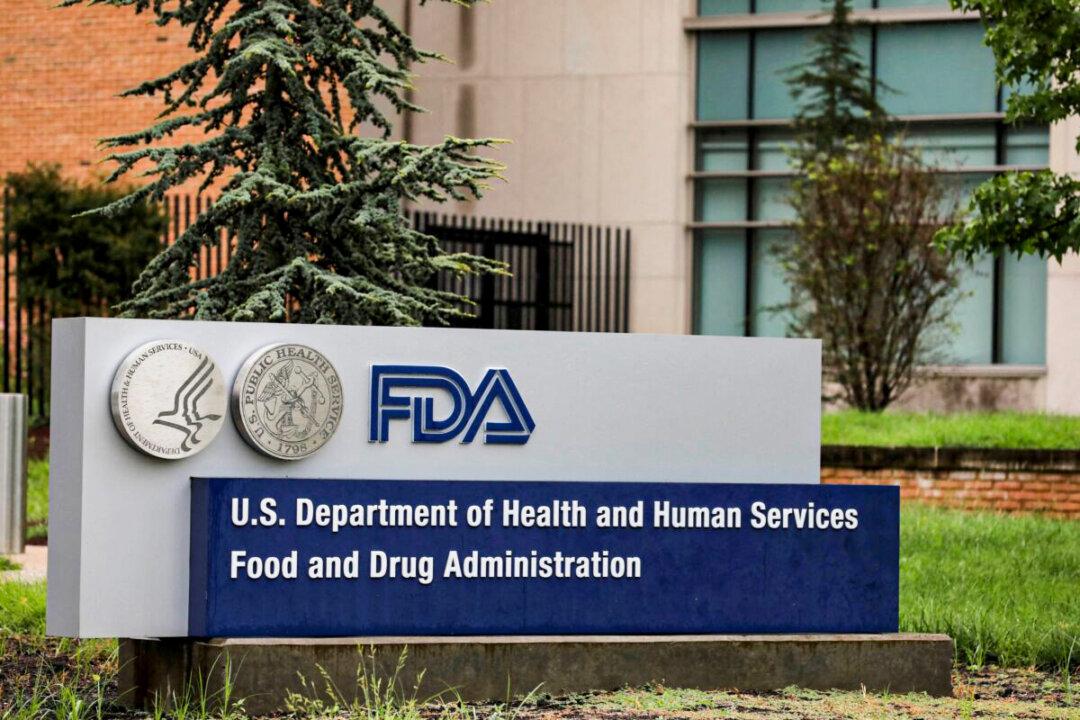Medical journal The Lancet on June 21 updated a statement that it published in 2020 dubbing the hypothesis that COVID-19 may have originated from a lab in Wuhan, China, a “conspiracy theory,” as the possibility gains wider recognition.
During the onset of the pandemic, the “lab leak” theory was disputed in a statement published by a group of 27 scientists in the prestigious medical journal. Published on Feb. 19 last year, that letter became one of the most influential documents in the early days of the pandemic that shaped the discussion on the origins of the CCP (Chinese Communist Party) virus.
